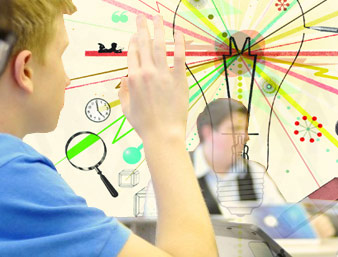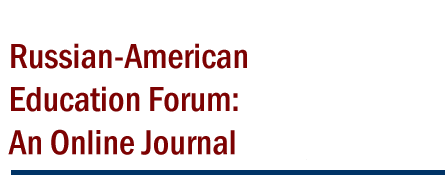
Creating a Climate of Giftedness to Promote Achievement
Many problems in the education of inner city youth stem from issues of representation (Biggs & Colesante, 2000; Bruner, 1996). For us, representation is about how we treat students. It is a moral issue, the resolution of which can negatively or positively impact the lives of children, and those who are responsible for their care. As Buzzelli and Johnston (2002) explain, "representation is not merely a matter of presenting generalized information about huge numbers of peoples categorized in particular ways; it is also a question of reflecting the lived experience of the children in the classroom. To the extent that children's experiences are not represented, their lives – in the richest sense of the term – are not present in the classroom either. And this is a moral matter" (p. 102). We are interested in how the meaning ascribed to students and their behavior (how they are represented in an educational setting) structures how educators think about them and their needs, and how this shapes the activities that are developed for them. These are moral considerations which have real consequences on the lives of children in educational programs. Labels like "at-risk" or "low performing" can close off the possibility that their skills and abilities might not be the major obstacles to their academic achievement (Brannon, 1991).




